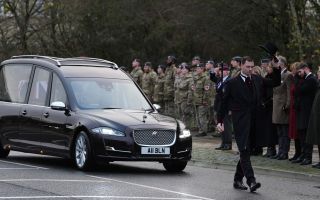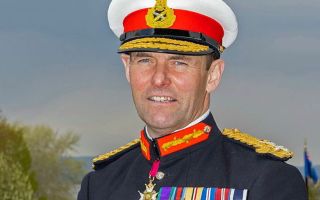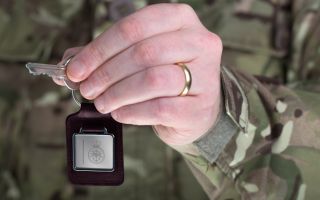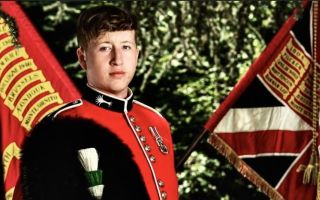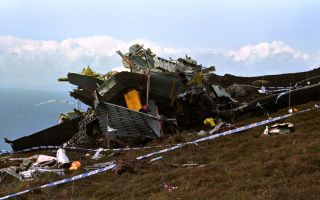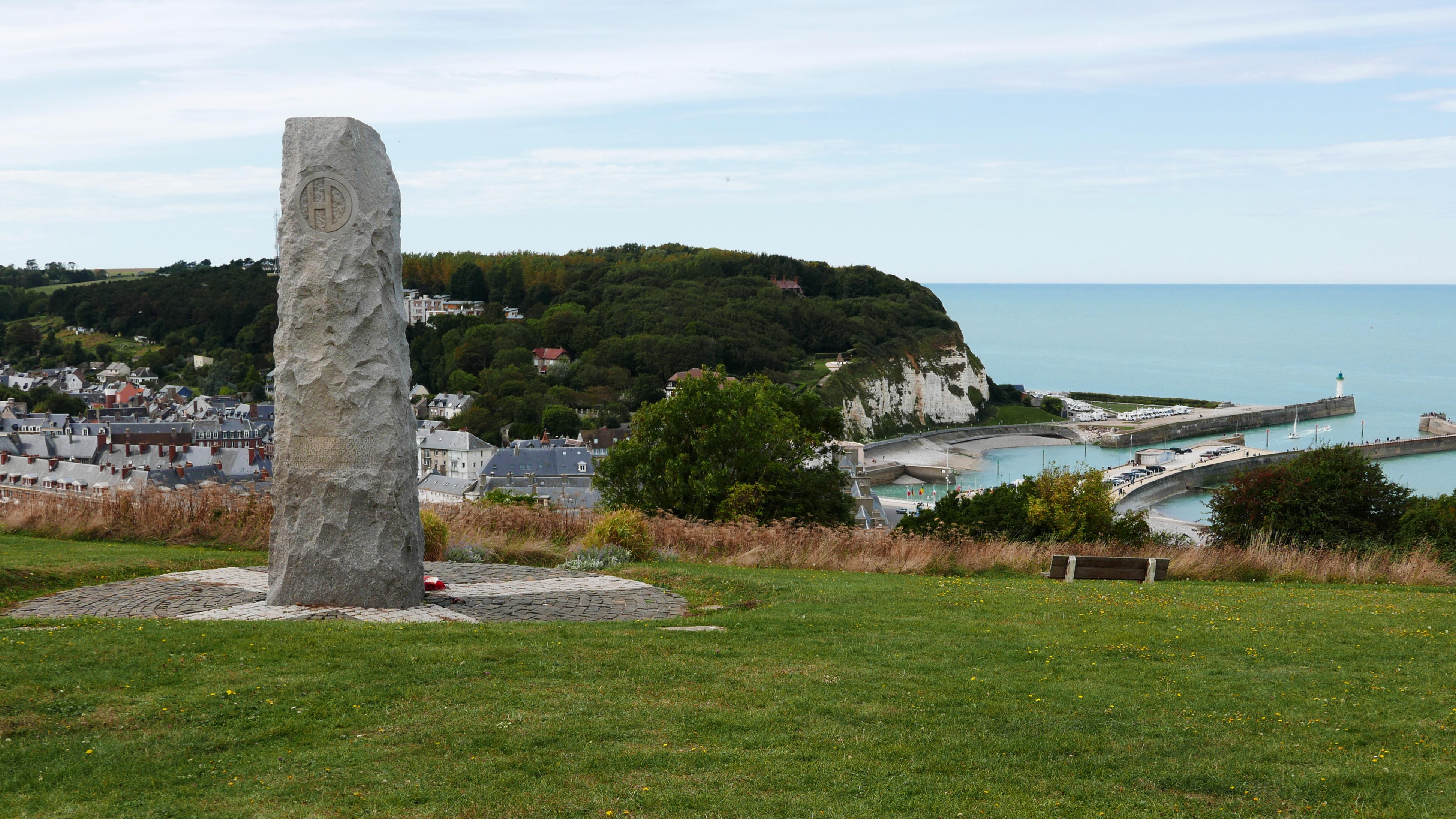
The other Dunkirk: St Valery-en-Caux

While many people know about Operation Dynamo, where the British Expeditionary Force and other Allied troops were rescued from Dunkirk in May 1940, few are as familiar with the Battle of St Valery-en-Caux – often referred to as "the other Dunkirk."
During this time, the 51st Highland Division was assigned by Prime Minister Winston Churchill to collaborate with French forces, who reassured France that "Britain would never abandon her ally in her hour of need."
What Happened At The Battle Of St Valery-en-Caux?
The 51st Highland Division drew up a perimeter around the town of St Valery, on the coast of France, to help defend it from the German forces; 2nd Seaforths, 1st Gordons and 4th Camerons were on the west, and 4th Seaforths, 5th Gordons and 1st Black Watch on the East. Until the French forces arrived, the Lothians, Norfolks and 6th Battalion, Royal Scots Fusiliers (Pioneers) covered the gap.
An attack took place on 4 June; however, it was poorly coordinated and ended in heavy casualties.
The German counter-attack gave the 51st Highland Division and some of the French 9th Army Corps no choice but to withdraw.
The Germans had pushed through on the east, which meant the 2nd Seaforths were cut off from their fellow soldiers.
Major General VM Fortune requested to be evacuated on 11 June.
Meanwhile, the 51st Highland Division continued its defence against the Germans.
On 11 June 1940, Major General Fortune wrote: "The Navy will probably make an effort to take us off by boat, perhaps tonight, perhaps in two nights.
"I wish all ranks to realise that this can only be achieved by the full co-operation of everyone.
"Men may have to walk five or six miles. The utmost discipline must prevail."
Watch: In 2020, Jim Gellatly spoke with St Valery veteran Donald Smith, one of the soldiers left in France after Dunkirk was evacuated.
However, the opposition was keen to avoid another Dunkirk and so put four divisions in place to attack and prevent the British forces from evacuating.
The Royal Navy and a flotilla of 67 merchant ships and 140 small vessels were organised, very similar to the evacuation of Dunkirk just days before, to rescue the 10,000 soldiers still fighting on the French coast.
The Germans held vital positions on top of the cliff overlooking the harbour, making evacuation very difficult and dangerous.
The ships and boats sent to rescue them arrived on 10 June but, after coming under attack and finding none of the British Forces there, they moved back out to sea on 11 June.
As the 51st waited in hope for an escape while still defending their positions, the French Forces surrendered at 8am on 12 June.
A short while later, just before 10am, Major General Fortune and the 51st Highland Division also surrendered to the German troops.
Heavy fog and rain prevented a second rescue attempt from the ships waiting out at sea just beyond the harbour.
Those who had survived the fighting were captured and spent the rest of the war in a German prisoner of war camp.
BFBS Scotland presenter Jim Gellatly spoke to one of the veterans of the Battle, 99-year-old Donald Smith, who said:
"Nobody told us that there was such a place as Dunkirk and that the evacuation was going off."

